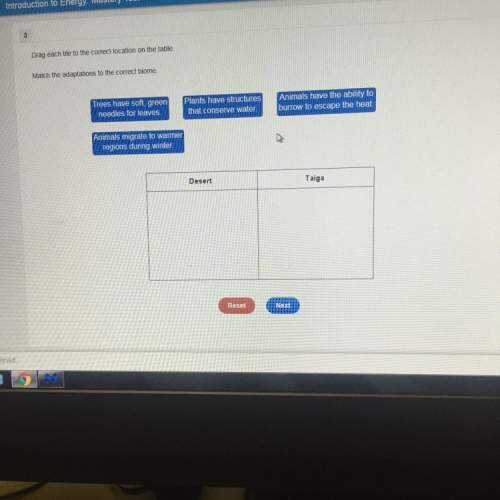
Biology, 28.11.2020 01:00 elizabethhubbe
Question 3
In this part of the experiment, you’ll test your three sucrose solutions: sucrose and water, sucrose and lactase enzyme, and sucrose and heated lactase enzyme. Follow the steps. Record your data in the answer space.
Collect three test tubes.
Fill the first test tube one fourth full of sugar. Fill your small graduated cylinder with water and add it to the test tube until the test tube is half full. Stir the solution until the sugar dissolves, and then insert the test strip for 10 to 20 seconds. Record whether the test strip changed color. Wash the stirrer.
Fill the second test tube one fourth full of sugar and one fourth full of the lactase solution. Thoroughly mix the solution. Insert the test strip for 10 to 20 seconds, and record whether it changed color. Wash the stirrer.
Fill the third test tube one fourth full of sugar and one fourth full of the heated lactase solution. Thoroughly mix the solution. Insert the test strip for 10 to 20 seconds, and record whether it changed color.
Pour the solutions down the drain. Remove the masking tape from the beakers. Wash the beakers, test tubes, and stirrer. If you used paper cups as an alternative, thrown them away.
Edmentum

Answers: 2


Other questions on the subject: Biology

Biology, 21.06.2019 18:00, gora2005
1. the passing of is the basis of heredity. 2. our encode the instructions that define our traits. 3. each of us has thousands of genes, which are made of and reside in our chromosomes. 4. in addition to our genes, the we live in also define our traits. 5. humans have two complete sets of chromosomes. 6. when parents conceive a child, each parent contributes set of chromosomes. 7. every child receives of its chromosomes from the mother and half from the father. 8. this transfer takes place at when the father’s sperm joins the mother’s egg. 9. while most cells in our bodies have two sets of chromosomes, or a total of egg and sperm each have chromosomes. 10. when egg and sperm unite they create a single cell called a 11. each parent contributes complete set of chromosomes to their child. 12. since the parents contribute the chromosomes to each new child, every child inherits a unique set of chromosomes. 13. as a result, every baby will have a combination of traits.
Answers: 1

Biology, 22.06.2019 09:00, Jerjer3864
What drives the atp synthase reactions that produce atp
Answers: 1

Biology, 22.06.2019 12:00, luv4appleallday
The embryos of a bird, a reptile, and a mammal are similar in appearance. how does comparing the physical appearance of embryos of different species support the theory of evolution? a. it shows that these organisms share a common ancestor. b. it provides evidence that these organisms eat the same foods. c. it shows that these organisms share the same habitat. d. it provides evidence that these organisms suffered a genetic mutation.
Answers: 1
You know the right answer?
Question 3
In this part of the experiment, you’ll test your three sucrose solutions: sucrose and wa...
Questions in other subjects:


Mathematics, 16.11.2020 20:40



Mathematics, 16.11.2020 20:40


Mathematics, 16.11.2020 20:40



Spanish, 16.11.2020 20:40




